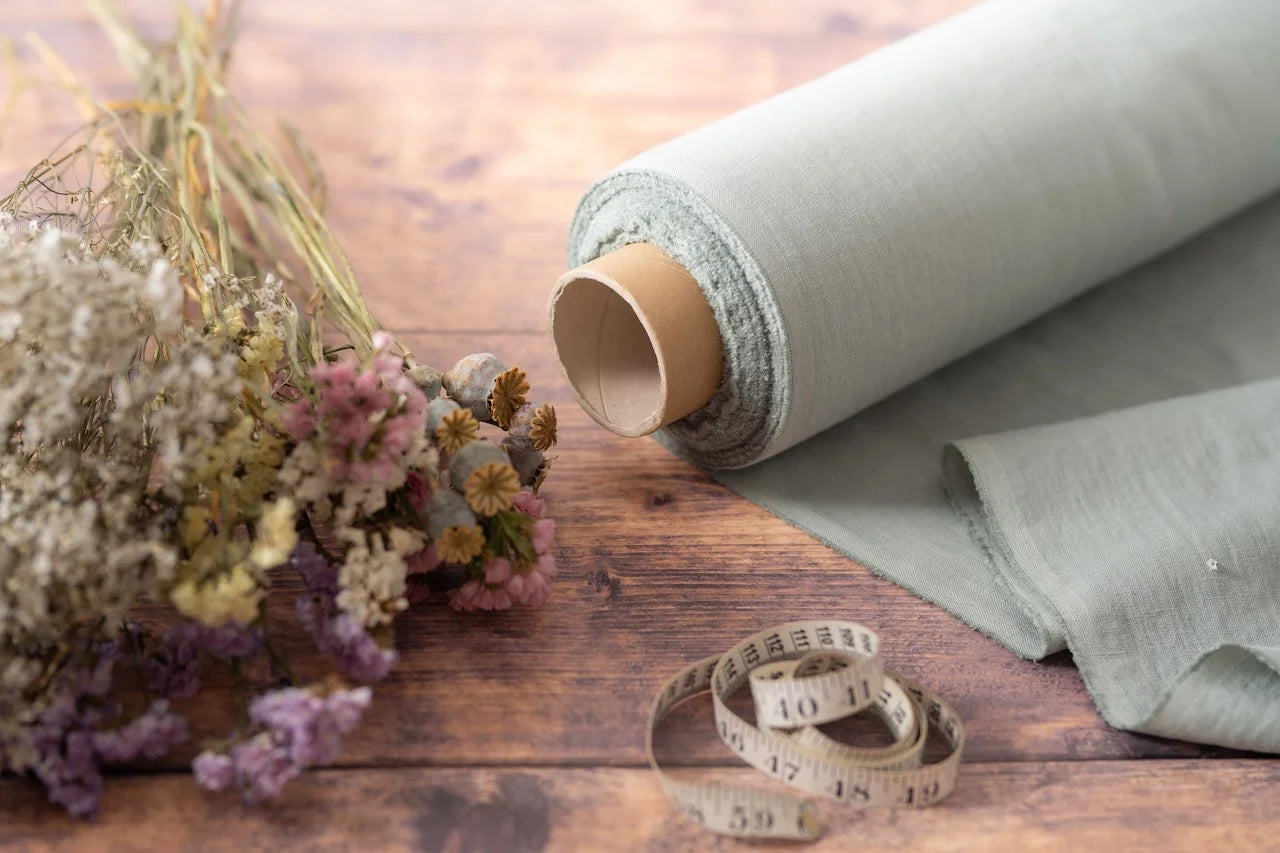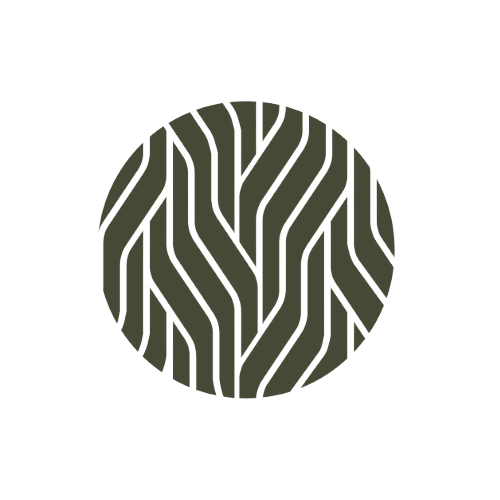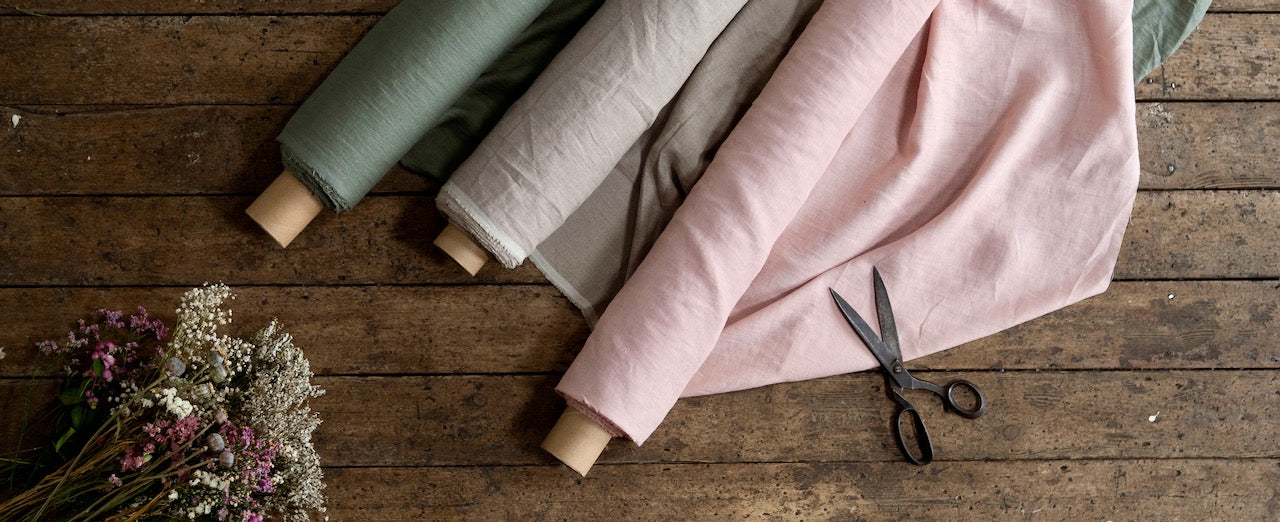is Linen Fabric Sustainable?

As the world becomes increasingly eco-conscious, the spotlight is turning toward sustainable fabrics. Among these, linen fabric is emerging as a star player. Its unique qualities and environmentally friendly production methods make it a compelling choice for those seeking to reduce their ecological footprint. In this comprehensive exploration, we delve into the realm of linen fabric's sustainability, from its historical origins to its modern-day applications. Let's embark on a journey to discover why linen deserves a closer look in the sustainable textile landscape.
Understanding Linen Fabric
What Is Linen Fabric?
Linen, derived from the flax plant's fibres, is a natural textile known for its exceptional qualities. Unlike synthetic materials, linen is inherently sustainable due to its renewable source and minimal environmental impact.
Historical Background
Linen has a rich history dating back thousands of years. Ancient civilisations, from Egypt to Mesopotamia, prized linen for its comfort and durability. Its enduring legacy in fashion and textiles speaks to its timeless appeal.
The Unique Qualities of Linen
Linen boasts several distinctive features, including its natural origins, breathability, and remarkable durability. These qualities make it an attractive choice for both clothing and home textiles.
Natural Origins
Linen's journey begins with flax, a low-input crop known for its hardiness. Understanding the source of linen is essential in appreciating its eco-friendly attributes.
Breathability and Comfort
Linen's breathability makes it an ideal fabric for warm climates. Its ability to wick moisture away from the skin ensures comfort, making it a popular choice for summer apparel.
Durability and Longevity
One of linen's standout features is its longevity. It's a textile that gets better with age, resisting wear and tear and reducing the need for frequent replacements.
How Linen Fabric is Made
Linen fabric is crafted from the fibres of the flax plant, a resilient crop known for its minimal environmental impact. The manufacturing process involves retting, scutching, and spinning these fibres into the breathable, durable material that is cherished for its sustainable qualities.
Here's a quick video that shows how flax is made into linen:
Linen Fabric's Environmental Impact
The Flax Plant: A Low-Input Crop
Linen's eco-friendly journey begins with the flax plant, a low-input crop known for its resilience. Flax cultivation requires fewer synthetic inputs, such as pesticides and fertilisers, reducing its environmental footprint. This not only safeguards the planet but also reduces potential harm to agricultural workers.
Flax Cultivation Practices
Understanding flax cultivation practices sheds light on the sustainable nature of linen production. Flax grows well in diverse climates, reducing the need for irrigation and conserving water resources. Its ability to thrive in less-than-ideal conditions makes it a responsible choice for eco-conscious consumers.
Reduced Pesticide Use
Compared to other crops, flax requires significantly fewer pesticides, minimising the negative impact of chemical runoff on ecosystems. This aspect of linen production contributes to a healthier environment and supports biodiversity.
Minimal Water Requirements
Linen fabric's water efficiency is a key factor in its sustainability. Flax cultivation's minimal water requirements, especially when contrasted with water-intensive crops like cotton, make it a responsible choice in regions prone to water scarcity. By conserving water, linen contributes to the preservation of this precious resource.
Biodegradability
Linen's biodegradable nature ensures it doesn't persist in landfills for extended periods, unlike synthetic fabrics. This characteristic aligns with the principles of a circular economy, where materials return to the Earth without causing harm.
Reducing Landfill Waste
Linen's natural biodegradability lessens its burden on landfills, ensuring that it doesn't contribute to long-term waste issues. Choosing linen textiles aligns with responsible consumption, reducing the strain on landfill sites and fostering a more sustainable approach to waste disposal.
Why is linen better than cotton?
Linen outshines cotton as a textile choice due to its remarkable durability, being up to 30% stronger, ensuring long-lasting use. Additionally, linen's unique crisp texture evolves over time, becoming both soft and supple, providing a comfortable, luxurious feel. Its superior sustainability, stemming from the minimal environmental impact of flax cultivation, adds to the reasons why linen stands as an eco-conscious and stylish alternative to cotton.
Social and Economic Sustainability
The Linen Industry's Global Impact
The global impact of the linen industry extends far beyond fashion and textiles. It plays a pivotal role in supporting livelihoods and communities across the world.
Fair Labour Practices
Ethical linen production prioritises fair labor practices, ensuring that workers in the industry are treated with respect and receive fair compensation. These practices not only promote social responsibility but also create a positive working environment where the dignity and rights of workers are upheld.
Linen Production and Local Communities
Exploring the relationship between linen production and local communities reveals the intricate web of connections that sustain both. The industry's impact goes beyond the factory floor, providing economic opportunities and fostering self-reliance within these communities. By supporting local economies, linen production plays a vital role in ensuring the well-being of those involved and strengthening the social fabric of regions where it thrives.
Linen Fabric as a Sustainable Choice

Eco-Friendly Features
From a diminished carbon footprint in its production to its minimal use of synthetic materials, linen represents a greener alternative to many other fabrics. With renewable flax cultivation and biodegradable properties, linen stands out as a responsible choice for those seeking both fashion and environmental awareness in their textile selections.
Energy Efficiency in Production
Linen's energy-efficient production process further solidifies its sustainability credentials. Compared to other textiles, linen manufacturing generates less waste and relies on fewer resources, minimising its overall environmental impact. Understanding these energy-efficient practices sheds light on how linen contributes to a more eco-conscious approach in the fashion and textile industry.
Longevity and Reduced Waste
One of linen's most remarkable qualities is its durability, translating into less frequent replacements. This longevity not only reduces consumer waste but also lessens the strain on landfills. By choosing durable linen products, consumers actively participate in the promotion of a circular economy and the reduction of textile waste, aligning with the principles of sustainability.
OEKO-Tex Certification: A Mark of Sustainability
When considering linen fabrics, it's crucial to look for OEKO-Tex certification as a mark of sustainability. OEKO-Tex certified linen fabrics, as detailed by OKEO-Tex, are free from harmful substances and produced with a focus on social responsibility. This certification ensures that your linen choices align with stringent environmental and social standards, making them an eco-conscious and responsible selection.
Explore our range of OEKO-Tex certified linen fabrics here.
Linen Fabric Care and Maintenance
Tips for Sustainable Linen Care
Sustainable linen care begins with responsible practices such as eco-friendly washing and drying methods, extending the life of linen products. By adopting these tips, you not only preserve the fabric's quality but also reduce your environmental impact.
Washing and Drying
Proper linen care includes washing and drying techniques that align with sustainability. Using cold water, biodegradable detergents, and line-drying can help maintain linen's integrity while reducing energy consumption, contributing to both fabric longevity and eco-conscious living.
For a more comprehensive guide to caring for your linen items, check out our linen care guide here.
Linen in Fashion and Home Decor

The Appeal of Linen in Fashion
Linen's timeless appeal in fashion is driven by its unique characteristics, offering comfort and style. Its breathability and natural texture make it a sought-after choice for clothing.
Linen Clothing Trends
The latest linen clothing trends showcase its enduring popularity, from breezy summer dresses to tailored suits. Linen's versatility and eco-friendliness continue to influence the fashion world, providing sustainable options for those who appreciate both style and environmental responsibility.
Linen's Role in Sustainable Home Decor
In home decor, linen plays a pivotal role in creating sustainable and stylish interiors. Cushions and pillow covers made from high-quality linen offer both comfort and an eco-friendly touch to elevate your living spaces. Linen tableware and curtains also enhance the eco-friendly atmosphere of homes, making it a responsible choice for those seeking to decorate with sustainability in mind.
Conclusion
The journey through the sustainable world of linen fabric has unveiled its remarkable qualities and eco-friendly attributes. From its natural origins to its durability and reduced environmental impact, linen stands as a stylish and responsible choice in the realm of textiles. By choosing linen, you not only enhance your wardrobe or home decor but also contribute to a greener, more sustainable future. Linen's elegant sustainability is a testament to the harmony that can be achieved between the textile industry and environmental responsibility.
Explore our collection of linen fabrics available by the metre, and bring the timeless beauty and sustainability of linen into your life.
0 comments



